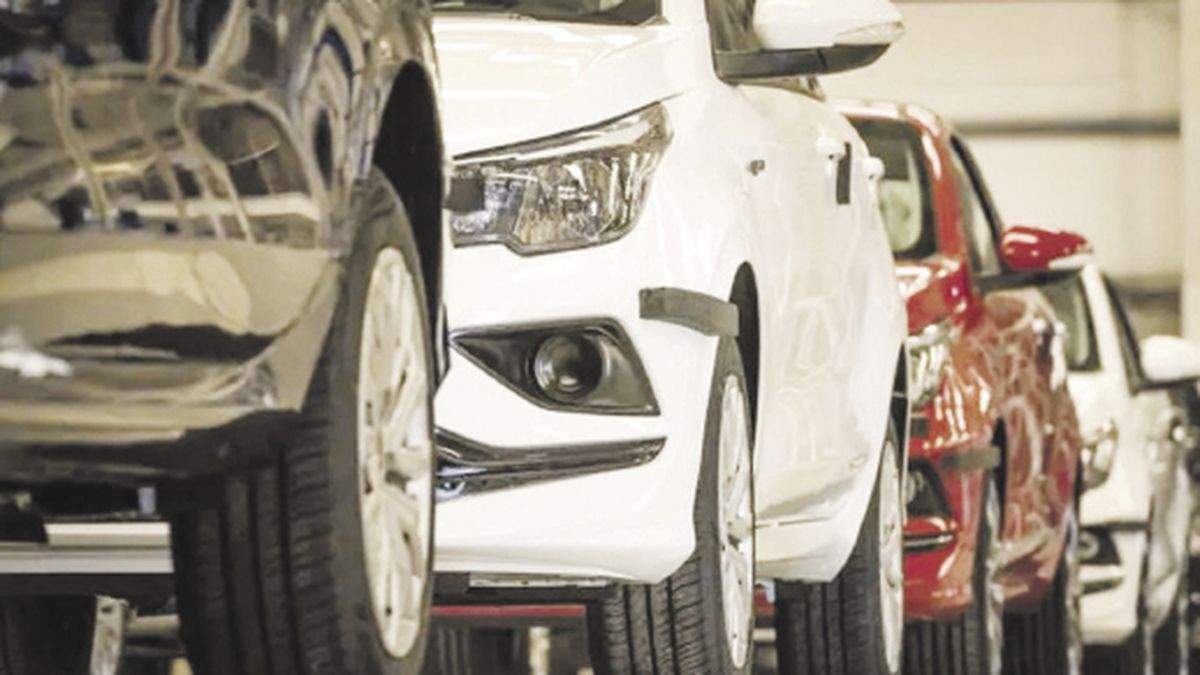The inflationary acceleration which was recorded during the latter part of 2023 and the devaluation of the peso after the assumption of Javier Milei caused a sharp increase in car prices.
Only in December, The general increase in 0 km was between 40% and 60%, well above the cost of living index and more in line with the rise in the exchange rate.
It must be taken into account that the automotive market is directly linked to what happens with the US currency since it impacts imported cars (which currently represent 30% of total sales) and domestically manufactured cars that are more than 60% of pieces arrive from abroad. In this context, the direct consequence is the drop in demand.
According to the latest data appearing in the patent registry, operations so far in January are 38% below the level of the same month last year, which had already been a low-level month based on the historical average.
According to the estimates made by car dealerships and factories, the month will close with a volume of between 30,000 and 32,000 units.
P24 – Patentam_opt.jpeg graphic
This data raised alarm bells in the sector as it is the worst start to the year in sales for 20 years. You have to go back to January 2004 to find a minor record. In that month, 31,935 0 km had been patented.
If the current January reaches 32,000 units – a number that not many believe can be reached -, the comparison can be made with the volume of 2004, but if the market falls below 30,000 vehicles, we will have to go back one year. when the patents were 13,600 units.
Crisis
At that time, there was the crisis of the exit from convertibility and the fall of Fernando de la Rúa’s government, at the end of 2001. This caused the collapse of the economy and in all of 2002 only 90,000 vehicles were sold.
In 2005, the market recovery allowed it to reach 53,197 patented units.
If you look at the historical series, the best January was in 2018 with 118,924 units, while 2010, 2011 and 2012 are among the best starts to the year with values above 100,000 vehicles.
The data from the beginning of 2024 is worrying since January represents, seasonally, the month with the highest volume of patents each year, because many sales made in November and December are transferred to register the following year to have a car. as the following year’s model.
In concrete numbers, it is estimated that January is the equivalent of just over 11% of the annual market.
If a linear projection is made, the volume of operations in 2024 would have to be between 300,000 and 340,000 units.
To get an idea of the market decline, 450,000 vehicles were sold in 2023.
In any case, in the sector they estimate that this difference can be reduced since they believe that what is happening in the market will not be projected all year.
Sources consulted by Ámbito estimate that the first quarter is already lost, but that they expect a market recovery starting in April or May.
In reality, what they assume is that the fall will be mitigated. There is no talk of growth.
In this analysis they imagine the second half of the year as better than the first and that will compensate and cut the current decline.
For this scenario to occur, two economic factors that are intertwined must be realized: inflation is low and the dollar is stabilized.
If this is true, they expect the market to be above 350,000 units and its ceiling will depend on how much the economy and people’s purchasing power improve.
Policy
The commercial policy implemented by companies will also be key. After the price increase in December and the tentative values with which the market is being handled in January and given the drop in sales, factories and dealerships have gone out in recent days to make discounts to reactivate operations.
At the moment they are specific discounts and of a few units that what they do is allow agencies to generate billing and have money to cover fixed expenses.
Therefore, it all depends on the financial situation of each dealership and cash needs. Once the requirement for funds has been met, the commercial objectives set by the terminals have been met and the units purchased from the factories have been paid for, the agencies sell again at a higher price so as not to become defunded.
The big problem is that there are no certain prices for 0 km. Therefore, they work with tentative values and all this is subject to the changes expected from the “luxury” tax.
In January, most brands did not publish official car price lists (they only did so for pickups that do not pay that tax) and are managing internal lists for the network.
Source: Ambito
I’m a recent graduate of the University of Missouri with a degree in journalism. I started working as a news reporter for 24 Hours World about two years ago, and I’ve been writing articles ever since. My main focus is automotive news, but I’ve also written about politics, lifestyle, and entertainment.




